| Uses: 49 to 54 of 99 NextPage Go to Page: 1 2 3 4 5 6 7 8 9 10 11 12 13 14 15 16 17 | |
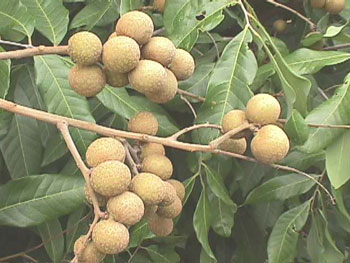
|
Longan
Botanical Name: Dimocarpus longan Longans are eaten fresh out-of-hand, but some have maintained that the fruit is improved by cooking. In China, the majority are canned in syrup or dried. |
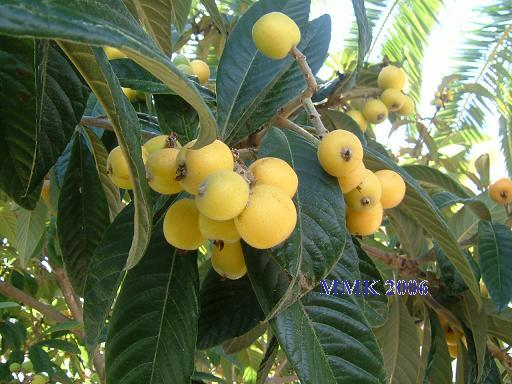
|
Loquat
Botanical Name: Eriobotrya japonica The skin of the loquat is easily removed. Peeled and seeded fruits are eaten fresh. Loquats canned in syrup are exported from Taiwan. Some people prepare spiced loquats (with cloves, cinnamon, lemon and vinegar) in glass jars. The fruit is also made into jam and, when slightly underripe, has enough pectin to make jelly. |
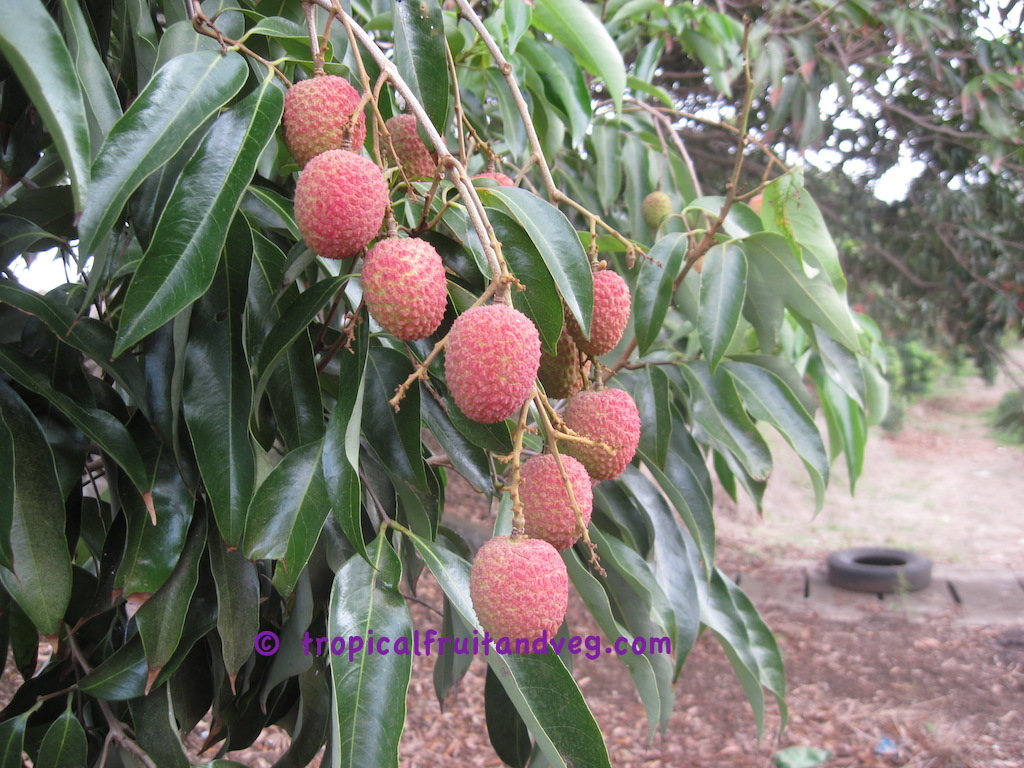
|
Lychee
Botanical Name: Litchi chinensis Lychees are most relished fresh, out-of-hand. Peeled and pitted, they are commonly added to fruit salads. Pureed lychees are added to ice cream mix. Peeled, seeded lychees are canned in sugar sirup in India and China and have been exported from China for many years. |
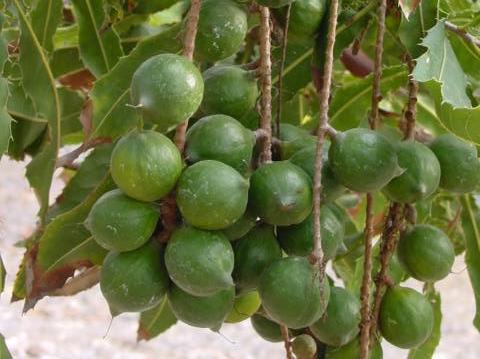
|
Macadamia
Botanical Name: Macadamia integrifolia Macadamia nuts are a valuable food crop and considered by many to be the prime edible nut. Macadamia oil is prized for containing approximately 22% of the Omega-7 palmitoleic acid, which makes it a botanical alternative to mink oil, which contains approx. 17%. This relatively high content of 'cushiony' palmitoleic acid plus macadamia's high oxidative stability make it a desirable ingredient in cosmetics, especially skincare. |
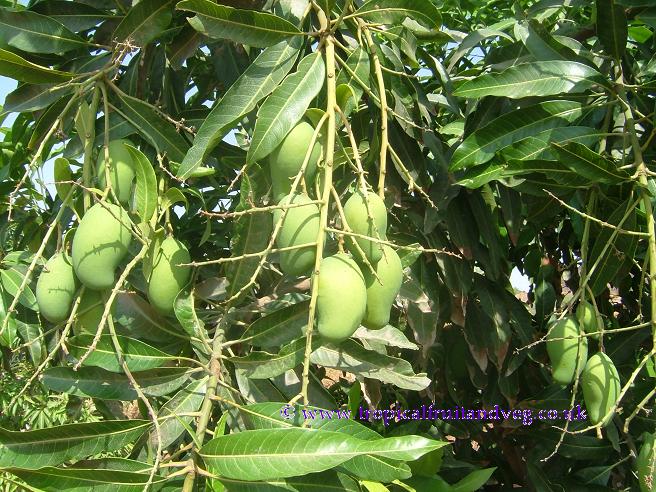
|
Mango
Botanical Name: Mangifera Indica Ripe mangos are mainly eaten as a fresh fruit or mixed with vanilla ice-cream. They are sometimes eaten as a pulp with food. Unripe mangos are used mainly for pickling and in chutneys. The fresh kernel of the mango seed (stone) constitutes 13% of the weight of the fruit, 55% to 65% of the weight of the stone. In times of food scarcity in India, the kernels are roasted or boiled and eaten. After soaking to dispel the astringency (tannins), the kernels are dried and ground to flour which is mixed with wheat or rice flour to make bread and it is also used in puddings. |
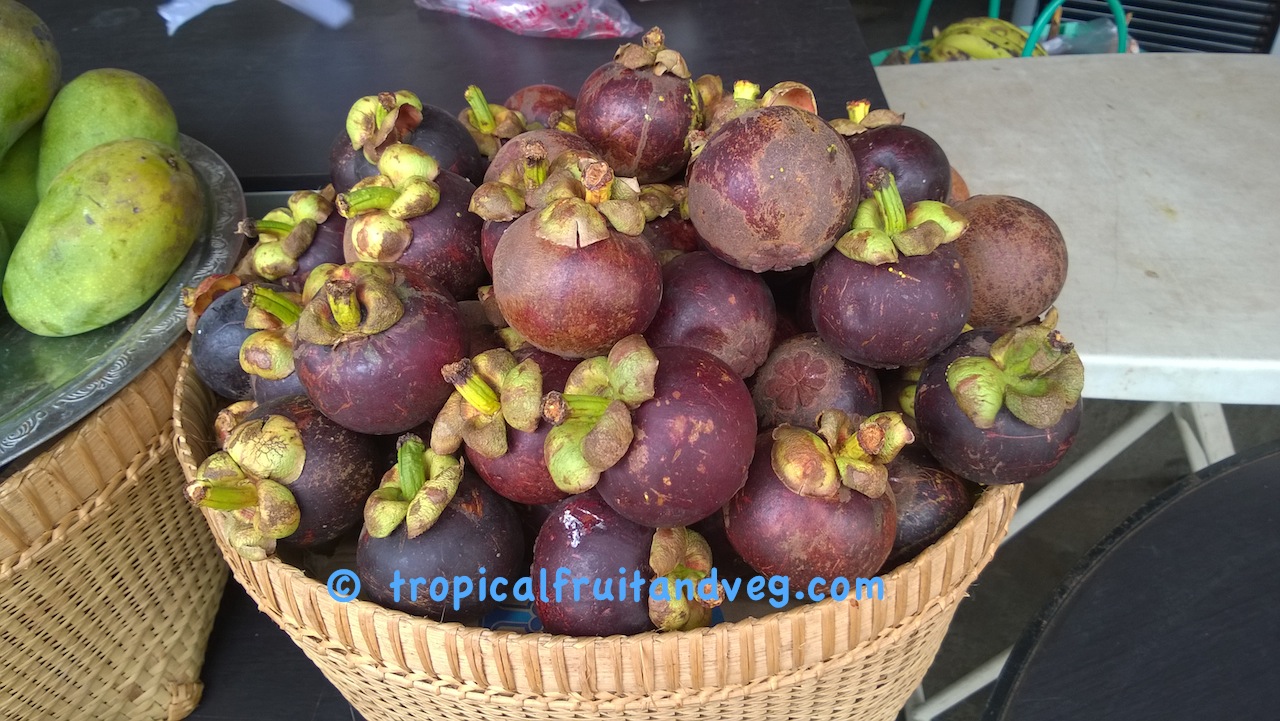
|
Mangosteen
Botanical Name: Garcinia mangostana Mangosteens are usually eaten fresh as dessert. The fruits with the highest number of stigma lobes at the apex have the highest number of fleshy segments and accordingly the fewest seeds.The fleshy segments are sometimes canned, but they lose their delicate flavour in canning, especially if pasteurized for as much as 10 minutes. The more acid fruits are best for preserving. To make jam, in Malaya, seedless segments are boiled with an equal amount of sugar and a few cloves for 15 to 20 minutes and then put into glass jars. In the Philippines, a preserve is made by simply boiling the segments in brown sugar, and the seeds may be included to enrich the flavour.The seeds are sometimes eaten alone after boiling or roasting. |
| 49 to 54 of 99 NextPage Go to Page: 1 2 3 4 5 6 7 8 9 10 11 12 13 14 15 16 17 | |